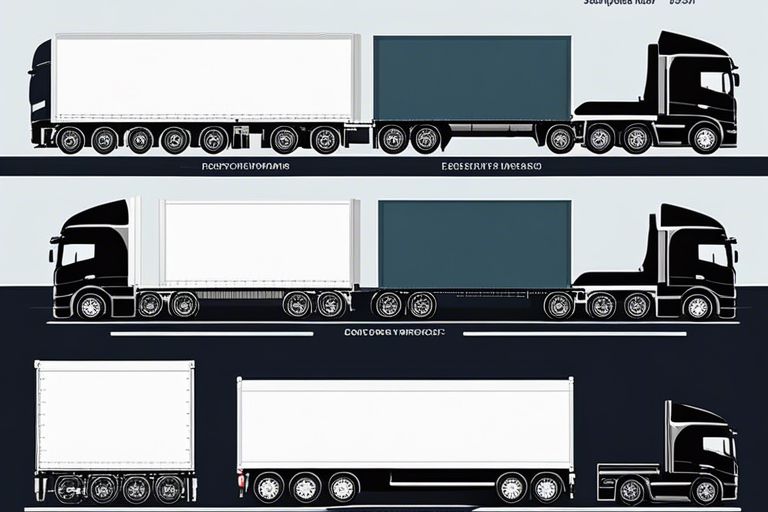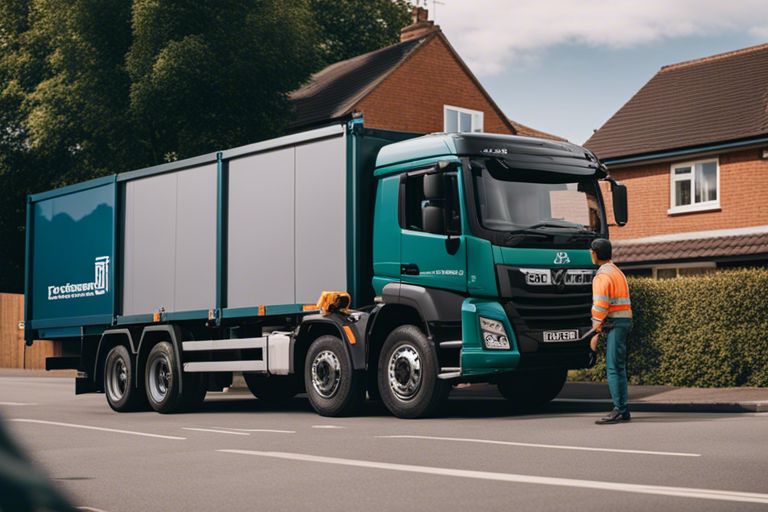Dimensions play a crucial role in the world of logistics, especially when it comes to lorry sizes in the UK. Understanding the exact measurements and weight limits of different types of lorries is crucial for logistics professionals to ensure safe and efficient transportation of goods. In this detailed guide, we will explore the various sizes and dimensions of lorries commonly used in the UK, providing valuable information for those in the logistics industry.
Key Takeaways:
- Understanding different lorry sizes: Logistics professionals need to be familiar with a range of lorry sizes in the UK, from vans to articulated lorries, to efficiently plan transportation needs.
- Legal dimensions and weight limits: It is crucial to adhere to legal dimensions and weight limits for lorries in the UK to ensure compliance with regulations and avoid penalties.
- Maximising efficiency and safety: By selecting the appropriate lorry size and dimensions for each delivery, logistics professionals can maximise efficiency, minimise costs, and enhance overall safety on the roads.
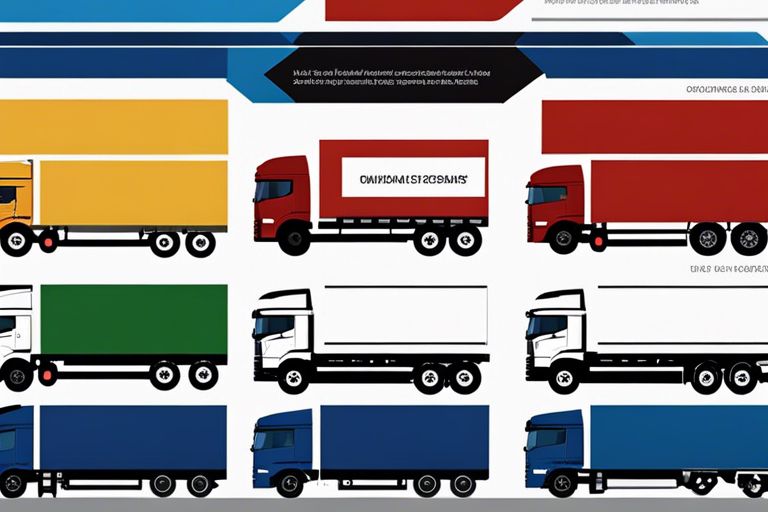
Understanding Lorry Classifications
Types of Lorries by Size
While navigating through the world of logistics, understanding the different types of lorries based on their sizes is crucial for efficient transport operations. Here is a breakdown of lorry classifications based on size:
| Small Lorries | Large Lorries |
|---|---|
| Flatbed | Rigid Trucks |
| Curtainside | Articulated Lorries |
| Tipper Trucks | Refrigerated Lorries |
| Luton Vans | Box Lorries |
| Pickup Trucks | Low Loader Lorries |
The classification of lorries by size is vital for matching the right vehicle to the specific transportation requirements. The versatility of small lorries contrasts with the size and capacity of large lorries. The choice of lorry size can greatly impact logistics efficiency and cost-effectiveness. It is important to consider factors such as cargo volume, weight, and access restrictions when selecting the appropriate lorry size for a transportation task.
Legal Limitations and Regulations
Legal limitations and regulations play a significant role in the operation of lorries in the UK. Compliance with these regulations is crucial to ensure safety on the roads and avoid penalties. Lorries must adhere to strict legal limits concerning their dimensions, weight, and load capacity. The laws governing lorry operations are in place to safeguard road users and maintain the integrity of transport networks.
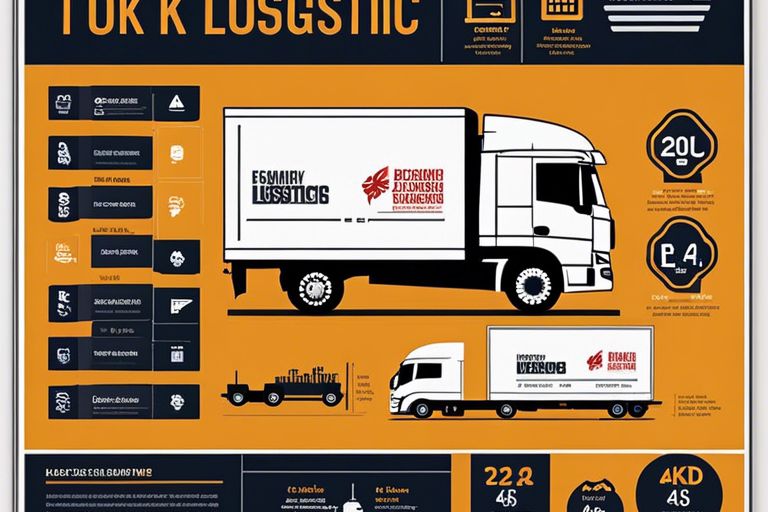
Common Lorry Sizes and Dimensions
Rigid Lorries
Clearly, rigid lorries are a popular choice in the UK for transporting goods. These lorries have a fixed body that is attached to the chassis, making them ideal for deliveries within cities and towns. Rigid lorries come in various sizes, with the most common being 7.5 tonnes, 18 tonnes, and 26 tonnes.
Articulated Lorries
An imperative part of the logistics industry in the UK, articulated lorries consist of a tractor unit and a separate trailer. These lorries are known for their flexibility in carrying different types of cargo over long distances. Typically, articulated lorries come in standard lengths of 13.6 metres and can carry up to 24 standard pallets.
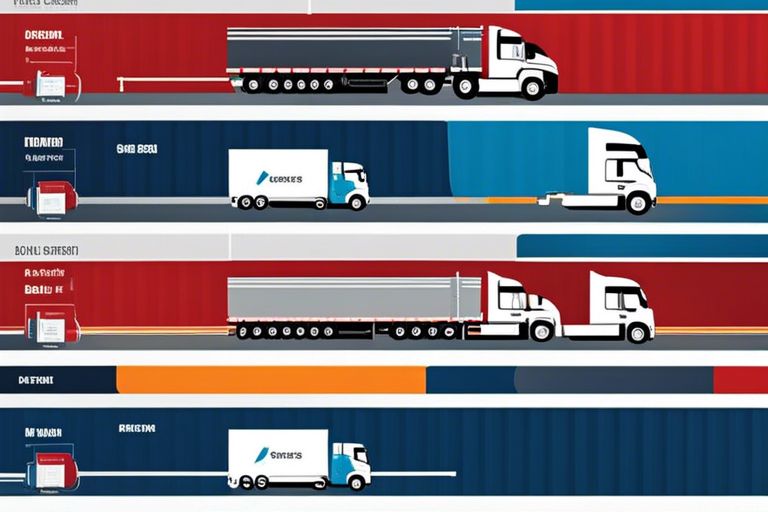
Navigating UK Roads and Restrictions
Now, for detailed information on UK road regulations, including dimensions and manoeuvrability, refer to Dimensions & Manoeuvrability.
Route Planning Considerations
Any logistics professional operating lorries in the UK must consider various route planning considerations. Factors such as traffic congestion, road closures, and weight restrictions need to be carefully assessed to ensure efficient and safe transportation of goods.
Height, Weight, and Width Restrictions
Navigating through UK roads with height, weight, and width restrictions can be challenging for lorry drivers. It is crucial to be aware of the legal limits and plan routes accordingly to avoid fines, delays, or accidents. Ignorance of these restrictions can result in serious consequences for both the driver and the company.
Planning routes that comply with height, weight, and width restrictions is imperative for smooth logistics operations. Utilising advanced route planning tools and staying updated on road regulations can help logistics professionals navigate through the UK road network effectively while adhering to legal requirements.
Maximizing Efficiency in Logistics
Selecting the Right Lorry for Your Needs
Maximizing efficiency in logistics starts with selecting the right lorry for your needs. Consider the size of your cargo, the frequency of trips, and the delivery locations to choose the most suitable lorry for the job. By matching the lorry size to your requirements, you can ensure smoother operations and reduce unnecessary costs.
Impact of Lorry Size on Operational Cost
Cost is a significant factor in logistics, and the size of the lorry directly affects operational expenses. Larger lorries may require more fuel, maintenance, and driver expenses compared to smaller vehicles. By carefully analysing your shipment volumes and selecting the appropriately sized lorry, you can minimise operational costs and maximise efficiency in your logistics operations.
For instance, choosing an oversized lorry for smaller shipments not only increases fuel consumption but also results in higher maintenance costs. On the other hand, using a smaller lorry for large deliveries may lead to multiple trips, impacting driver wages and overall time efficiency.
Conclusion
Taking this into account, understanding the various sizes and dimensions of lorries in the UK is crucial for logistics professionals to ensure efficient and safe transportation of goods. By adhering to the regulations set by the government, including the recent new rules on HGV length, such as those detailed in New Rules on HGV Length: How Long is a Lorry?, companies can streamline their operations, avoid penalties, and contribute to overall road safety. Being knowledgeable about lorry dimensions and staying updated on any changes in regulations will ultimately lead to smoother logistics processes and improved productivity in the transportation industry.
FAQ
Q: What are the standard lorry sizes and dimensions in the UK?
A: Standard lorry sizes in the UK typically range from 7.5 tonnes to 44 tonnes, with dimensions varying based on the type of lorry. Common dimensions include heights of 3.2 to 4.2 metres, lengths of 6 to 13.6 metres, and widths of 2.4 to 2.6 metres.
Q: What is the maximum weight allowed for lorries in the UK?
A: The maximum weight allowed for lorries in the UK is 44 tonnes, which includes the weight of the vehicle, cargo, and passengers. Exceeding this weight limit is illegal and can result in fines and penalties.
Q: Are there restrictions on lorry dimensions in the UK?
A: Yes, there are restrictions on lorry dimensions in the UK to ensure safety on the roads. The maximum dimensions allowed for lorries are specified to prevent accidents and damage to infrastructure.
Q: What are the different types of lorries commonly used in the UK?
A: Common types of lorries used in the UK include rigid lorries, articulated lorries, flatbed lorries, curtain-sided lorries, and refrigerated lorries. Each type serves specific purposes based on the nature of the cargo being transported.
Q: How are lorry sizes and dimensions regulated in the UK?
A: Lorry sizes and dimensions in the UK are regulated by the Vehicle and Operator Services Agency (VOSA) to ensure compliance with safety standards. Regular checks and inspections are conducted to enforce these regulations.
Q: What should logistics professionals consider when choosing a lorry size for transportation?
A: Logistics professionals should consider the volume and weight of the cargo, delivery requirements, access to delivery locations, and any specific regulations or restrictions that may apply to the routes being taken.
Q: Why is it important for logistics professionals to be knowledgeable about lorry sizes and dimensions?
A: Being knowledgeable about lorry sizes and dimensions is crucial for logistics professionals to ensure efficient and safe transportation of goods. Understanding these factors helps in selecting the right lorry for the job and complying with regulations to avoid penalties.



